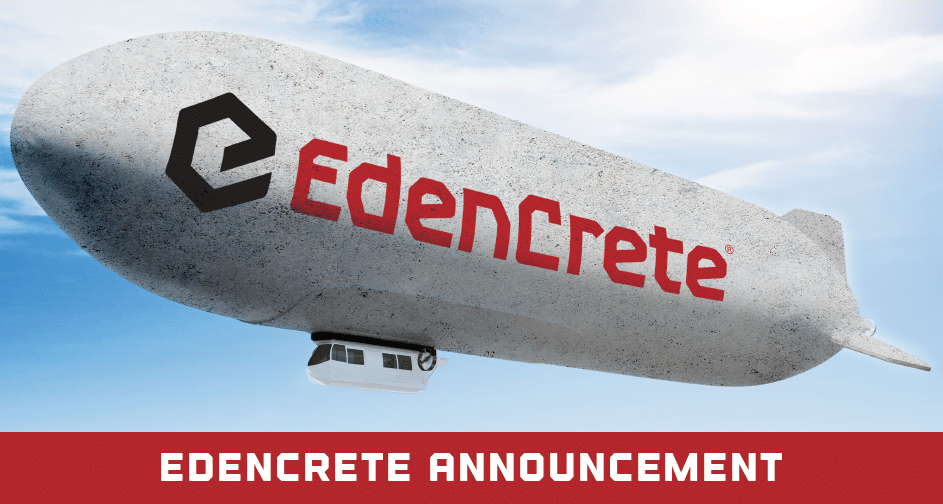Cement Additives for Swimming Pools
Swimming Pool Construction: Cement Additives and Admixtures for Durable Pools
The terms cement additives and concrete admixtures are often used interchangeably, leading to confusion for those seeking specific solutions for swimming pool construction. It’s crucial to recognize that cement and concrete are related, but they are not the same. Cement is a binding agent and a key ingredient used in concrete production.
The manufacturing process of cement involves crushing, grinding, heating, and blending raw materials such as limestone, clay, and iron ore. The resulting fine powder, known as cement, is mixed with water, sand, and aggregates to create concrete.
Portland cement is the most common type of cement used in concrete production and is composed of primarily limestone, clay, and other minerals. Other types of cement, like Pozzolan or supplementary cementitious materials (SCMs), may also be used as alternatives or additions to Portland cement in specific applications.
Cement additives refer to chemical compounds or materials incorporated into cement manufacturing to modify its properties. These additives are primarily used to improve the cement’s performance, enhance specific characteristics, or simplify the cement manufacturing process.
On the other hand, concrete admixtures are substances added to the fresh concrete mix to alter its properties. They can influence factors such as setting time, workability, water retention, and strength development of the concrete. Concrete admixtures play a significant role in tailoring the final concrete product to suit various construction needs.
Concrete admixtures directly impact the concrete’s fresh or hardened state. Admixtures can also reduce water content, accelerate or delay setting time, improve durability, and control air content.
Swimming Pool Construction
Swimming pool construction presents a fascinating blend of artistry and engineering, catering to both residential and commercial projects. In-ground pools typically employ gunite or shotcrete as the primary building material. Gunite is a mixture of cement, sand, and water sprayed onto a surface. The ingredients remain separate until they are finally mixed at the nozzle. Shotcrete is similar, but typically incorporates additional aggregates, offering enhanced strength. Additionally, shotcrete is mixed prior to the spraying process.
Cement additives and concrete/shotcrete admixtures used in gunite and shotcrete mixing may include accelerators to speed up the curing process, retarders for adjusting setting times, and water reducers to improve workability and pumpability. Gunite and shotcrete are pneumatically applied by skilled workers, providing flexibility in pool shape and allowing for complex designs.
Suspended pools within buildings require lighter materials to reduce structural stress. They require careful planning and collaboration between structural engineers and architects to ensure the building can support the additional weight. Lightweight concrete and special lightweight aggregates are often used in the construction of suspended pools.
Cement additives for lightweight concrete may include foaming agents to produce cellular structures, decreasing the material’s density without sacrificing strength. For pool decks, concrete admixtures can enhance properties like durability, freeze-thaw resistance, and aesthetic appeal. Admixtures like air-entraining agents help prevent cracking due to freeze-thaw cycles.
Admixtures in shotcrete can improve pumping and flowability, reducing rebound and overspray during application. Additionally, they enhance workability and carve-ability, allowing for smoother and more refined finishing. Special concrete admixtures can be used for unique pool features, such as waterfalls, fountains, and decorative elements. These admixtures enhance the concrete’s performance while maintaining the desired appearance.
Conclusion
Swimming pool construction is a complex process that demands a careful selection of materials and admixtures to meet specific requirements. By incorporating the right cement additives and concrete/shotcrete admixtures, builders can ensure optimal workability, strength, and durability, resulting in stunning, long-lasting swimming pools that are truly works of art and engineering excellence.
EdenCrete® revolutionizes concrete strength without relying on additional cement content. Concrete enhanced with EdenCrete® stands unparalleled in its ability to endure the rigors of daily life. Its remarkable abrasion resistance sets it apart, ensuring longevity and superior performance compared to other mix designs.
 Cement Admixtures for Swimming Pools - Admixtures used with concrete & shotcrete make stronger, more durable in ground pools. These also reduce pump pressures, overspray & improve flow / workability.
Cement Admixtures for Swimming Pools - Admixtures used with concrete & shotcrete make stronger, more durable in ground pools. These also reduce pump pressures, overspray & improve flow / workability.  Edencrete for Swimming Pool Construction - Swimming pool contractors find Edencrete shotcrete admixture reduces in pump strain, overspray, and makes the shotcrete more creamy, improving the carve-ability.
Edencrete for Swimming Pool Construction - Swimming pool contractors find Edencrete shotcrete admixture reduces in pump strain, overspray, and makes the shotcrete more creamy, improving the carve-ability.  Shotcrete Admixtures for Swimming Pool Construction - EdenCrete® lowers pump pressure, improves flow, reduces overspray, & makes material carving better. Hardened shells are more durable w/ reduced cracking & permeability.
Shotcrete Admixtures for Swimming Pool Construction - EdenCrete® lowers pump pressure, improves flow, reduces overspray, & makes material carving better. Hardened shells are more durable w/ reduced cracking & permeability.
- EdenCrete® Cement Admixture - Reduce abrasion, cracking, permeability, scaling,…
- EdenCrete® Concrete Additive - Reduce abrasion, cracking, permeability, scaling…
- Concrete Additives | EdenCrete® - We reviewed various concrete additives…
- Cement Admixtures | EdenCrete® - We have compiled summaries on…
- EdenCrete® Cement Additive - The concrete admixture 30x stronger…
- EdenCrete® Shotcrete Additives - Eden Innovations reviews various shotcrete…

 Concrete Additive Types - Concrete admixture types can reduce…
Concrete Additive Types - Concrete admixture types can reduce…  Concrete Additive for Residential Patio - Concrete Admixtures increase strength &…
Concrete Additive for Residential Patio - Concrete Admixtures increase strength &…
Contact Us
Social Media
Related Videos
Popular Articles

